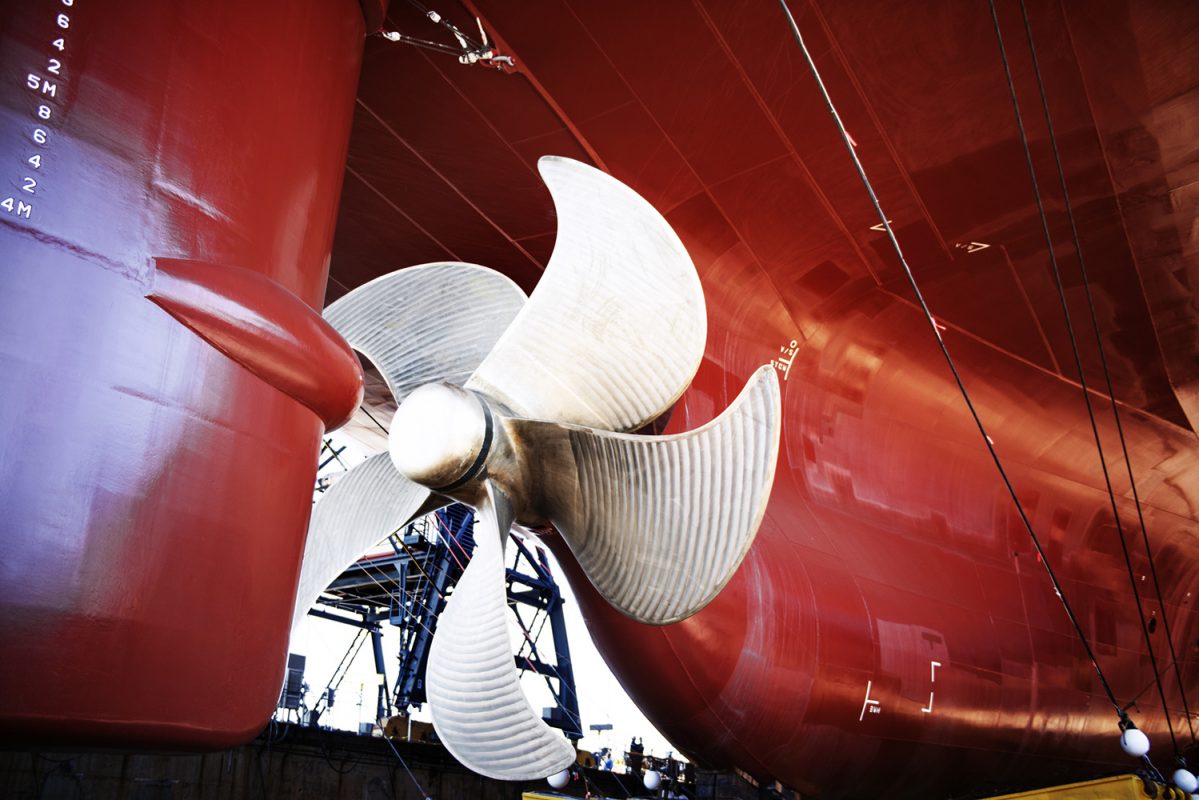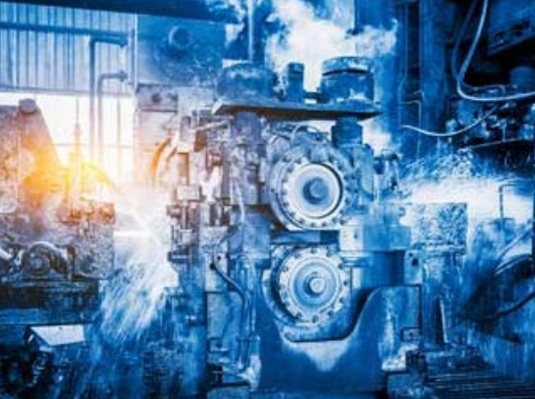Aqueous metalworking lubricants are formulated to provide cooling while protecting tools and delivering good surface finish. This requires the stable emulsification of hydrophobic base stocks and additives that reduce friction, wear and corrosion.
MULSIFAN polyglycol products are available in a wide variety of HLB values to provide excellent nonionic emulsifying properties in hard and soft water with low foaming tendency. PURTON amides are emulsifiers that also act as pH buffers and protect against corrosion.
PHOSPHETAL phosphate esters are multifunctional anionic emulsifiers and wetting agents that also provide excellent lubricity, wear protection and corrosion inhibition.
These products can be used alone or in combination to achieve the desired formulation properties.





